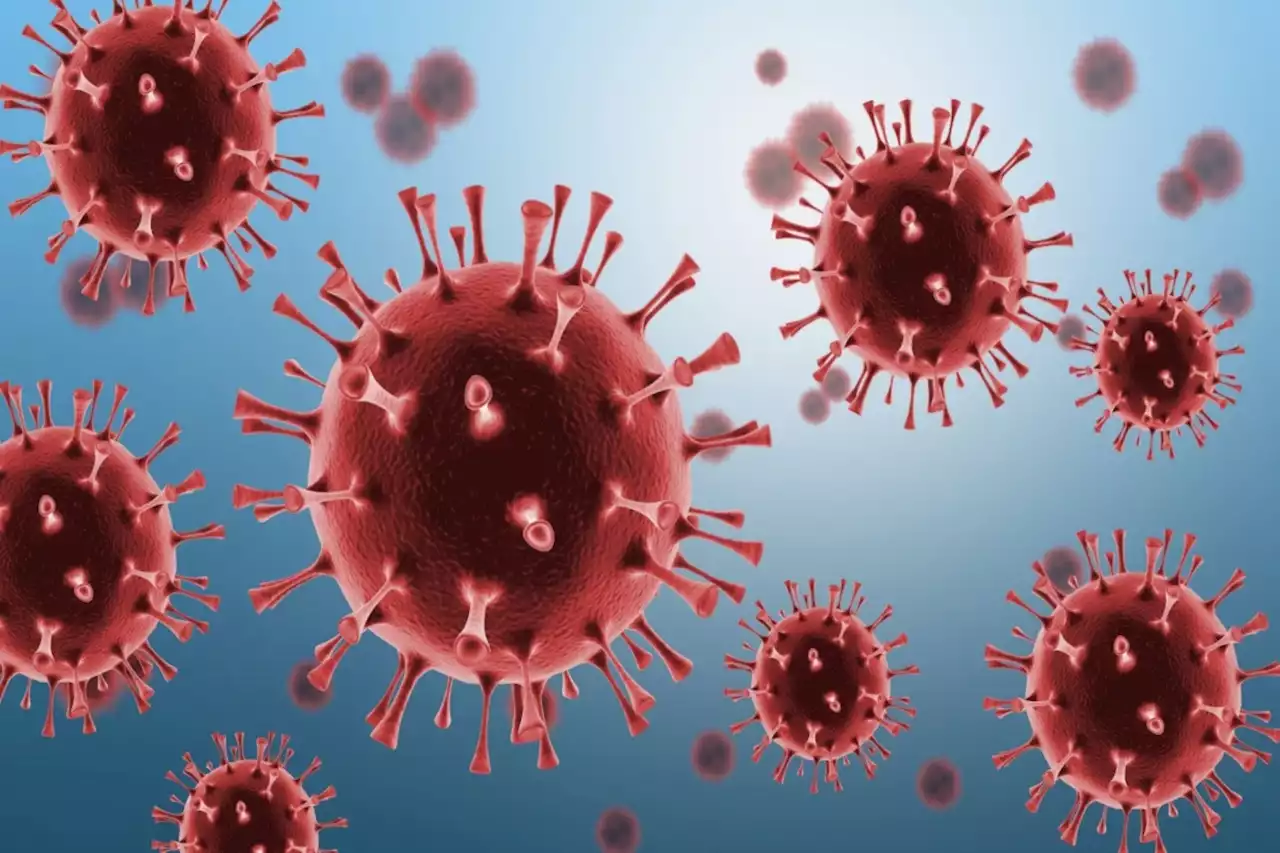Plasma myosin light chain 9 levels may be better predictor of COVID-19 severity than blood biomarkers PNASNews Chiba_Univ_PR SARSCoV2 COVID19 Severity SevereCOVID BloodBiomarkers Myl9
By Neha MathurAug 2 2022Reviewed by Aimee Molineux In a recent study published in PNAS, researchers found elevated plasma levels of myosin light chain 9 in coronavirus disease 2019 patients with fatal disease.
Histological analyses revealed endothelial injury along with cellular infiltration and microthrombi. Intriguingly, pulmonary thrombi were more pronounced in fatal COVID-19 cases. Yet, studies have not described immunological events and factors involved in immunothrombosis accompanied by vasculitis. Vascular injury or thrombospondin 1 activates platelets, which, in turn, release Myl9, which forms thrombus-like structures. Thus, the researchers hypothesized that SARS-CoV-2-induced vasculitis activated platelets, leading to the release of Myl9 and the generation of a net-like structure.
Compared to controls, the concentration of Myl9 in the plasma of COVID-19 patients at admission to the hospital was significantly higher. After adjusting for age and gender, patients with severe and critical COVID-19 consistently had higher Myl9 plasma levels than moderate cases.
